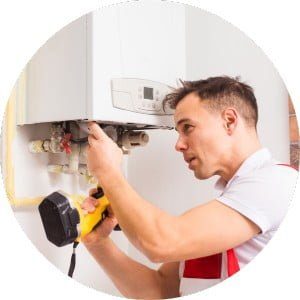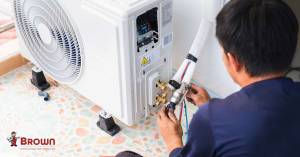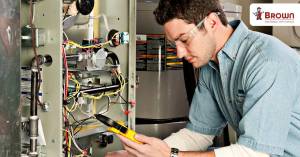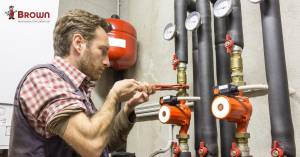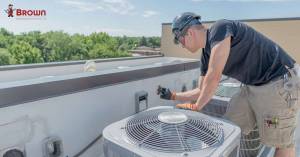Plumbing Problems You Should Know
Water damage in your home is caused by one of two sources – water coming in from the exterior or issues with the plumbing system causing water leakage from the interior. Statistics state that the average water damage claim is around $8,000. Homeowners can avoid these expensive problems by keeping a close eye on certain areas and keeping up with regular maintenance.
Under the Kitchen Sink
You will find supply lines and drain pipes under the kitchen sink. Both of these elements can cause damage when worn out, cracked, or broken, but it is the supply lines that present the greatest danger. Filled with pressurized water, a crack in these pipes can produce a continual stream of water that will soak everything in the area very quickly.
Checking for potential plumbing problems is simple. Touch the pipes for moisture, especially around any elbows and seals. This is often where the plumbing can grow weak or spring a leak. It’s also worthwhile to have a look at the bottom of the cabinetry, watching for discoloration and spongy spots on the laminate. If you can see any of that your plumbing may have already leaked and there is a risk of mold and mildew spreading.
Behind the Toilet
A toilet overflow is one common cause of water damage. When something is blocking the drain and the toilet is flushed or running a backup can easily spill onto the floor damaging walls, framing, and cabinetry. But there is another area of potential danger in your bathroom.
Behind the toilet, there are supply lines very similar to those found under the kitchen sink. They may be chrome, PVC, stainless steel, or copper. Many are braided for flexibility and the pipe is actually quite short in length. Feel around the connections for any moisture or sweating, as this can be your first clue that a problem exists. Even braided plumbing can burst, crack, or split and cause serious damage in the bathroom.
In the Laundry Room
Many newer homes place the laundry appliances in an area that is finished (second-floor laundry rooms, for example). Although this is much more desirable for the appearance and comfort of the room, it spells serious trouble if there is a leak. Large pans that are plumbed in with drainpipes can be placed underneath your washer to avoid plumbing problems. Those pans will not be of any help if the plumbing behind your washer breaks, leaking water into the room and potentially through the walls to damage the framing, drywall, and even the electrical.
Water and leak detection devices are wise things to include in laundry rooms, especially those that are located on the second floor or main floor above a finished basement. Often connected to the main water valve, these detectors will automatically turn off the main valve and stop the flow of water, reducing the total amount of damage incurred. Look for products with a simple design and dependable history to properly protect your laundry room from potential leaks.
Problems in your plumbing system could be the source of major damage to your home and possessions. Look under the kitchen sink, behind the toilet, and in the laundry room to discover the common plumbing problems. Keep a close eye on these areas to catch problems early and consider simple, reliable leak detectors for even better protection. Your home is worth the effort it takes to properly monitor the plumbing for any sign of an issue.

